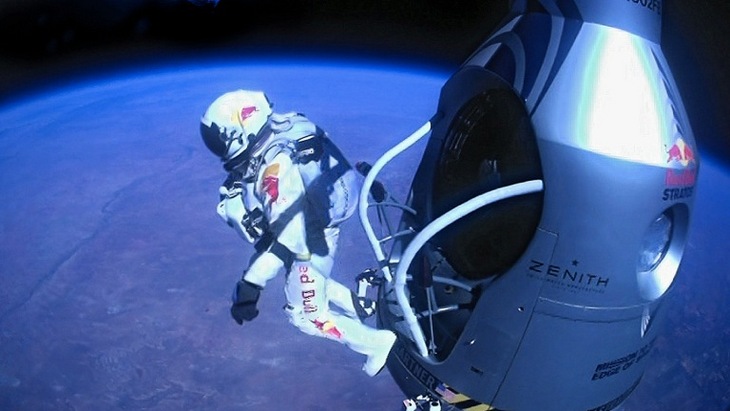Easyjet trial revolutionary nanotechnology coating
easyJet, the UK’s largest airline, today announced that it is the first commercial airline to trial a revolutionary nanotechnology coating on its aircraft aimed at reducing drag and increasing fuel efficiency.
The high tech coating, already used on US military aircraft, is a polymer that cross links and bonds to the paint surface. The coating reduces the build up of debris on the aircraft’s structure, leading edge and other surfaces, thus reducing drag on the surface of the aircraft.
The manufacturers of the coating estimate that it could reduce easyJet’s fuel consumption by 1-2%. The airline has coated eight aircraft, adding an estimated weight of only 4oz per aircraft, and will compare their fuel consumption with the rest of the fleet during a 12 month trial period. It is estimated that the implementation across the fleet could be equivalent of saving the Co2 burned in 20 flights daily.
Since its launch in 1995, easyJet has always strived to improve its efficiency to keep its costs down. Passengers benefit through low fares and a reduced carbon footprint. As a result, an easyJet passenger is responsible for 22% fewer emissions than a passenger on a traditional airline, when they fly the same route and use the same type of plane.
This is achieved through a range of investments and innovations;
One of the youngest in Europe averaging less than four years old
easyJet’s fleet of 194 aircraft, many with Tech Insertion engines
Carries more passengers than almost any airline with a load factor of over 87%
Planes taxi using only one engine
Less ground equipment than legacy carriers
Flying passengers to airports close to city centres, often with good public transport links
Weight onboard is reduced with lightweight carpets and the airline is currently looking at lighter seats in the cabin



